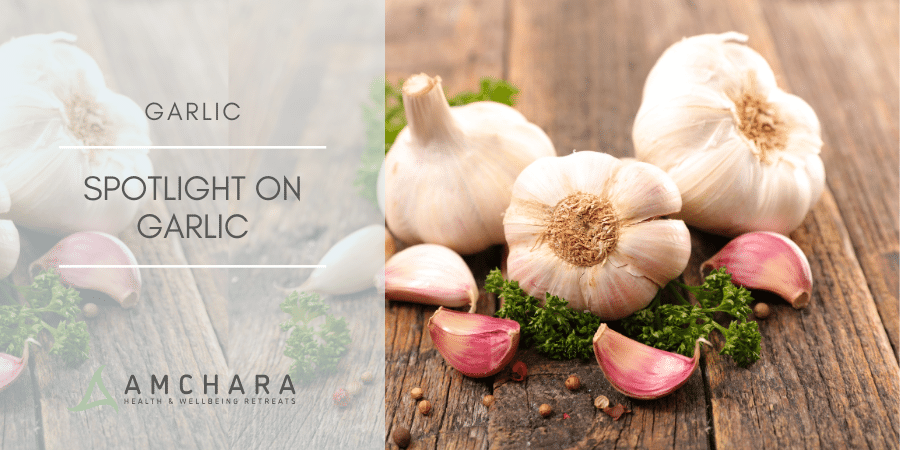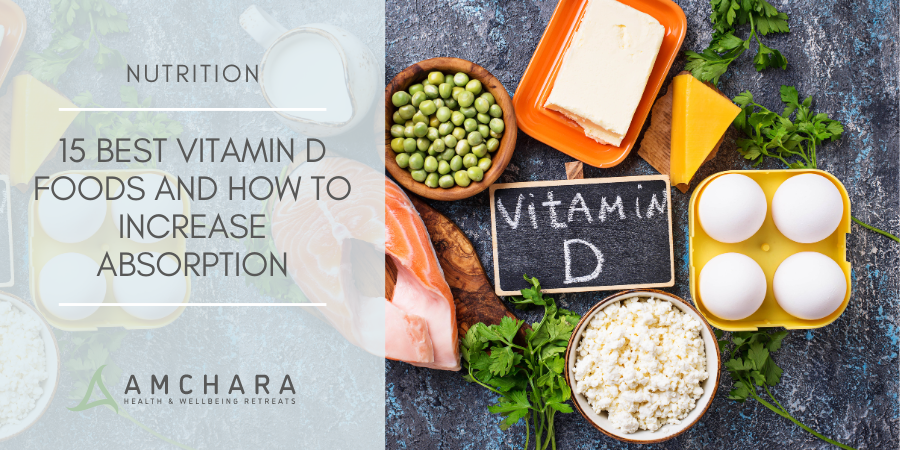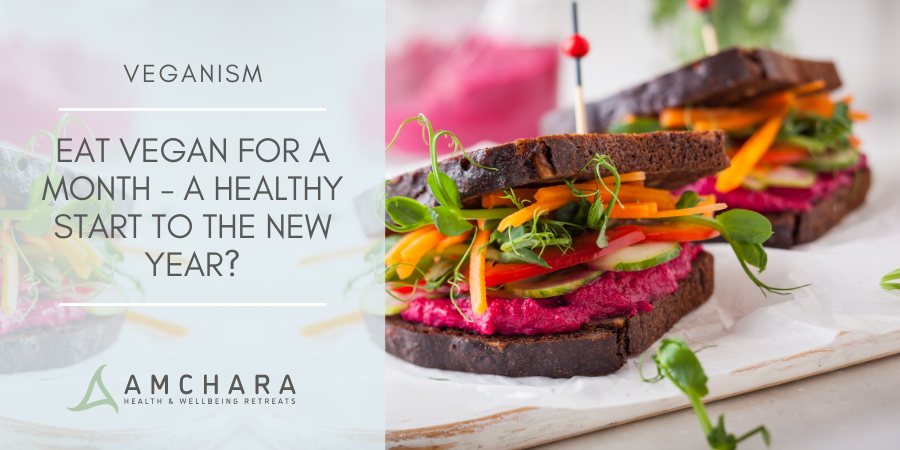Garlic or Allium sativum to give it its botanical name is a member of the lily family and is native to Central Asia.
It is one of the oldest cultivated plants in the world, even pre-dating written history and has been used for thousands of years, both for its powerful flavour and apparent health benefits.
Documented records of garlic remedies have been found that are around 5,000 years old!
Garlic is well known as a culinary ingredient, a bit like Marmite though – loved by some but loathed by others. If you’re like me, a garlic lover – you probably use it in your favourite recipes regularly and this should be encouraged. You may not have realised, but whilst rustling up your favourite garlic infused meal you are also inadvertently supporting your immune system.
Nutritional Highlights
It is well recognised that a varied – balanced diet helps to keep you fit and healthy. In fact, there is a wealth of evidence to prove that malnourished people living in poverty are more vulnerable to infectious diseases.
The immune system is a bit like an army and like any other army it marches on its stomach, to keep it functioning well you need to give it adequate, good quality food. Fighting invading pathogens requires the support of a host of bioactive ingredients of which garlic has many. Not only does it have a wonderful robust flavour it also provides a plethora of important health protective nutrients including:
- Vitamin C
- Vitamin B6
- Manganese
- Selenium
- Phosphorus
- Calcium
- Potassium
- Iron
- copper
.
Health Benefits
Ancient physicians such as Hippocrates and Aristotle have cited numerous therapeutic uses for garlic. It has been reported to increase longevity, physical strength, heart health, fatigue, parasites and respiratory problems and it seems – according to scientific research that there is some truth behind many of the ancient beliefs.
Garlic has quite a remarkable range of properties too numerous to cover here in detail but it seems that many of its therapeutic effects are due to its volatile factors. These include thiosulfinates (sulphur-containing compounds) such as allicin, diallyl disulphide and diallyl trisulphide. Garlic also contains high concentrations of trace minerals, as well as glucosinolates and enzymes.
It is the thiosulfinates, particularly allicin, that are thought to play an important role in the antimicrobial activity of garlic offering protection against bacteria, fungi, viruses and parasites. Garlic’s anti-viral benefits are well documented. Research into the effects of taking a garlic supplement during the winter months indicates that it not only helps to prevent attack by the common cold virus but it also promotes a speedy recovery.
.
How to make the most of garlic
To release garlic’s bioactive ingredients you need to crush or chop it up, which stimulates an enzyme called alliinase to convert the phyto-chemical alliin into the active allicin. The formation of thiosulfinates is very rapid and has been found to be complete within 10 to 60 seconds of crushing garlic.
However because the enzyme alliinase is deactivated by prolonged heating it is less powerful medicinally. In order to maximise the protective effects of garlic, some scientists recommend leaving crushed or chopped garlic to stand for at least 10 minutes before cooking, this allows time for alliinase to activate the alliin. For guaranteed antimicrobial activity its best to eat fresh, raw crushed garlic.
Incorporating raw garlic into your daily diet shouldn’t be too difficult. You can mix it in with organic olive oil and balsamic vinegar and drizzle it over salad and vegetables, or make a killer dressing for grilled, baked or pan fried fish by chopping garlic and mixing it with organic olive oil, lots of chopped parsley, and a little salt. Beetroot also takes on a whole new life if you slice it thinly and dress it in organic olive oil and chopped garlic.
.
Dosage & Safety
The most effective dose for garlic has not yet been established. However, 4g or one to two cloves of garlic daily is generally recommended and considered safe.
If you can’t bear the taste of garlic or the lasting effects it leaves on your breath, supplementing is an easy option. Ideally take one 300-mg dried garlic powder tablet (standardized to 1.3 percent alliin or 0.6 percent allicin yield) two to three times per day, or 7.2 g of aged garlic extract per day.
Garlic really is one of nature’s marvels and an ancient remedy that really shouldn’t be ignored, so be liberal with your use of garlic – a clove a day may well keep the doctor away…
Relevant topics
REFERENCES
- Ankri S & Mirelman D. Antimicrobial properties of allicin from garlic. Microbes and Infection, 2, 1999, 125−129.
- Ariga T et al. Biological and Chemical Stability of Garlic-Derived Allicin. Journal of Agricultural and Food Chemistry 2008 56 (11), 4229-4235.
- Hangkyung K. Antimicrobial properties of allium species. Current Opinion in Biotechnology 2012; 23, (2): 142-147.
- Murray m, Pizzorno J & Pizzorno L (2006). The Encyclopedia of healing Foods. Bath Press: Bath UK.
- Tattelman E. Health Effects of Garlic. American Family Physician 2005; 72, (1): 1-4.
- Zeng Y, Li Y, Yang J, et al. Therapeutic Role of Functional Components in Alliums for Preventive Chronic Disease in Human Being. Evidence-based Complementary and Alternative Medicine : eCAM. 2017;2017:9402849.





